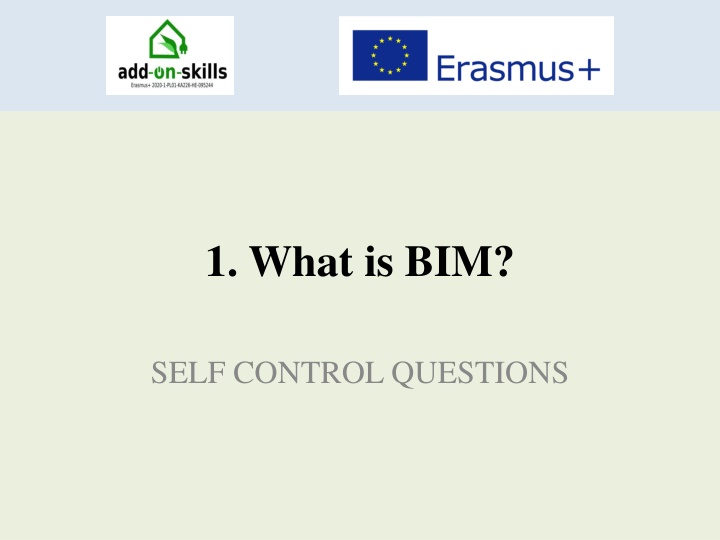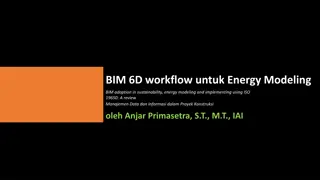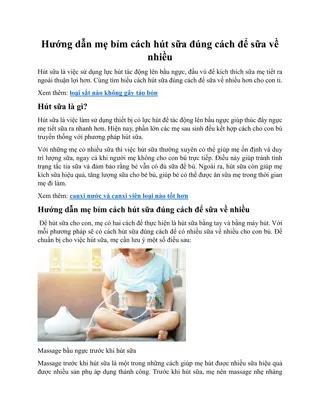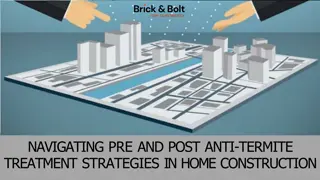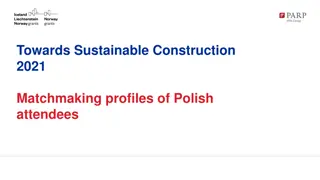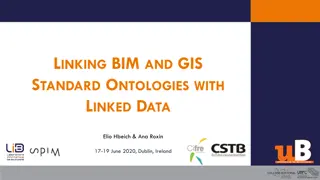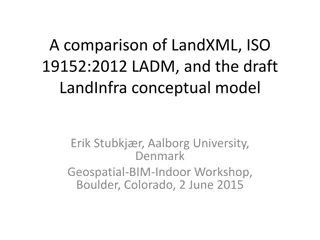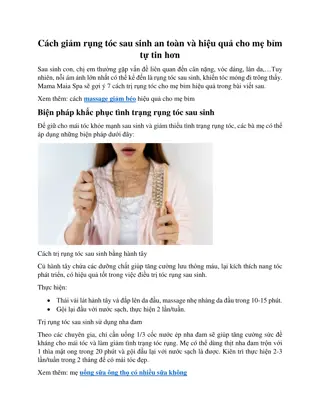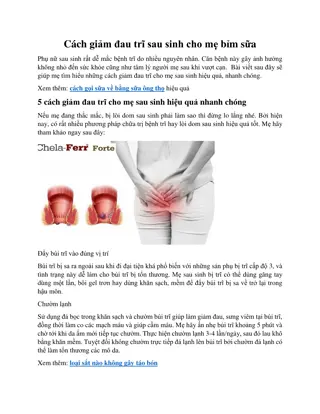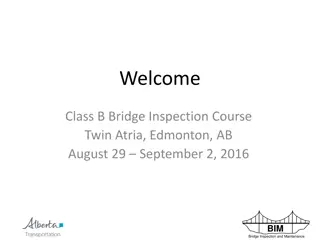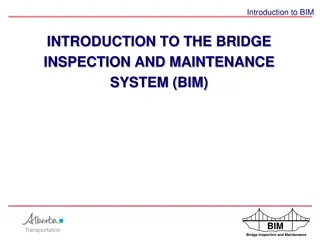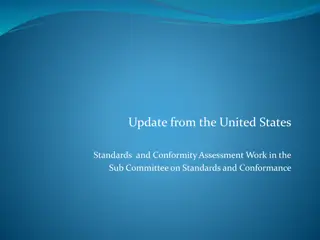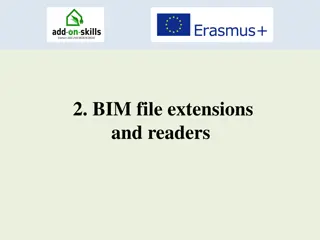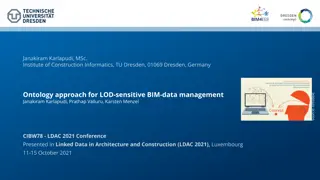BIM: The Basics
Building Information Modelling (BIM) is a digital representation of physical and functional characteristics of a facility, providing reliable information for decisions throughout its lifecycle. Explore the fundamentals of BIM, its uses, and benefits in the construction industry.
Download Presentation

Please find below an Image/Link to download the presentation.
The content on the website is provided AS IS for your information and personal use only. It may not be sold, licensed, or shared on other websites without obtaining consent from the author.If you encounter any issues during the download, it is possible that the publisher has removed the file from their server.
You are allowed to download the files provided on this website for personal or commercial use, subject to the condition that they are used lawfully. All files are the property of their respective owners.
The content on the website is provided AS IS for your information and personal use only. It may not be sold, licensed, or shared on other websites without obtaining consent from the author.
E N D
Presentation Transcript
1. What is BIM? SELF CONTROL QUESTIONS
1. Which definition of BIM is correct? Building representation characteristics knowledge resource for information about it and forming a reliable basis for decisions during its life cycle, from earliest conception to demolition. BIM Building Information Modelling is digital representation of living house for information about it and forming a reliable basis for decisions during its life cycle, from earliest conception to demolition. Information of of Modelling physical facility is digital a) and functional a shared a creating b)
CORRECTANSWER a) Building Information Modelling is digital representation of physical and functional characteristics of a facility creating a shared knowledge resource for information about it and forming a reliable basis for decisions during its life cycle, from earliest conception to demolition.
2. Building information modelling (BIM) is: a) organisation in Europe. b) result of the construction project. c) process.
CORRECTANSWER c) process.
3. (BIMs) are: Building information models a) buildings. b) drawings. c) files.
CORRECTANSWER c) files.
4. Software for BIM: a) Corel Draw. b) Solitare. c)Autodesk Revit.
CORRECTANSWER c)Autodesk Revit.
5.Which lifecycle is missing: part of the building a) Map. b) Schedule. c)Analysis.
CORRECTANSWER c)Analysis.
This project has been funded with support from European Commission. This publication [communication] reflects the views only of the author, and the Commission cannot be held responsible for any use which may be made of the information contained therein.
